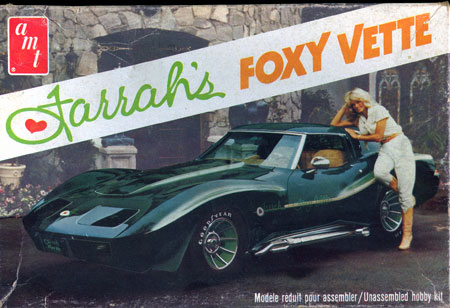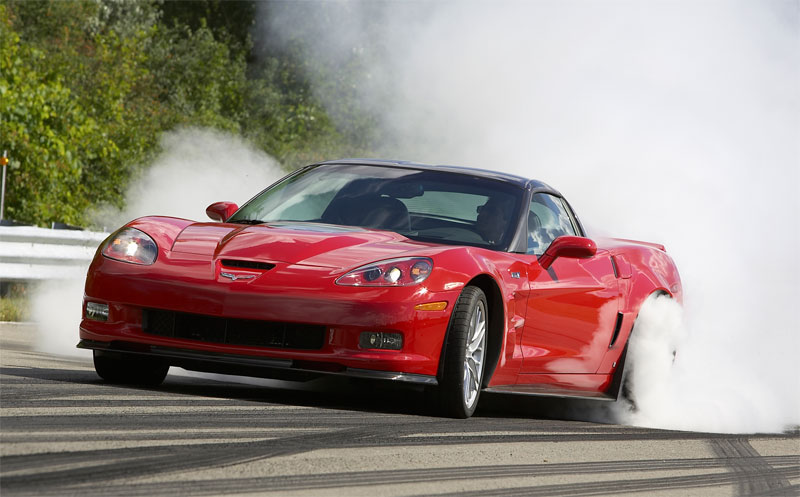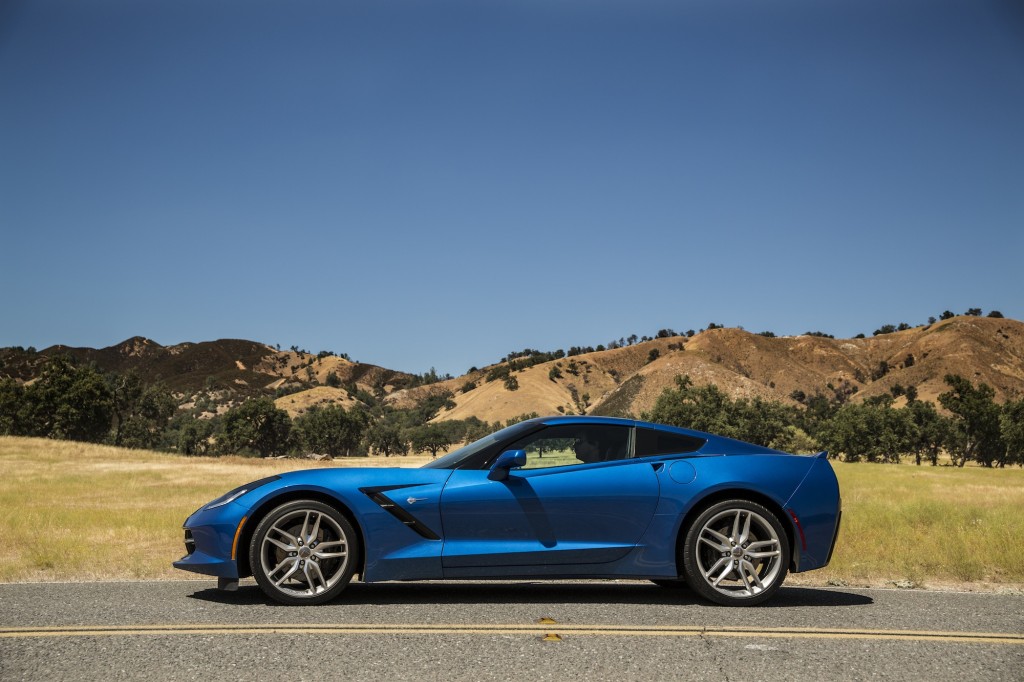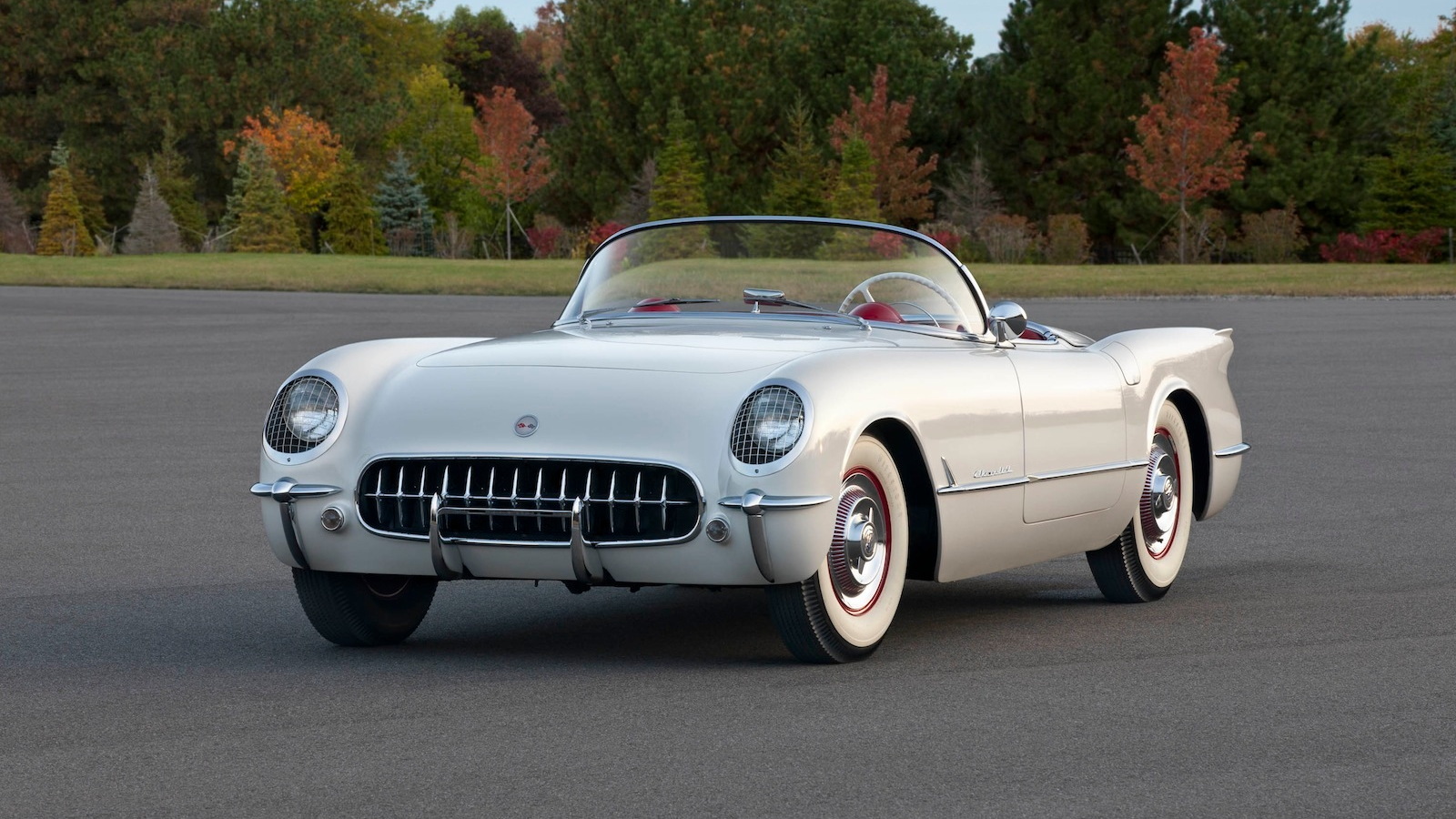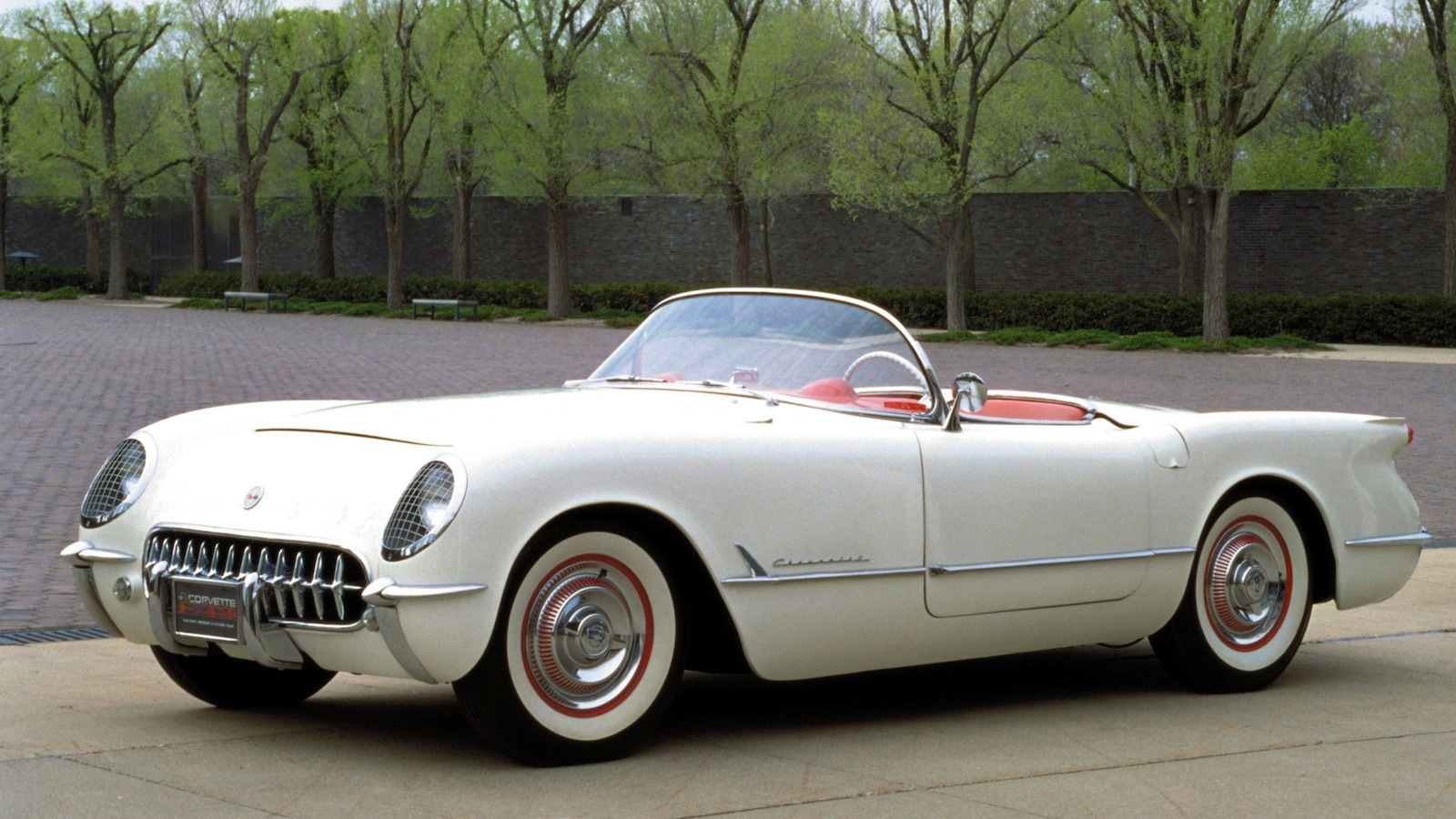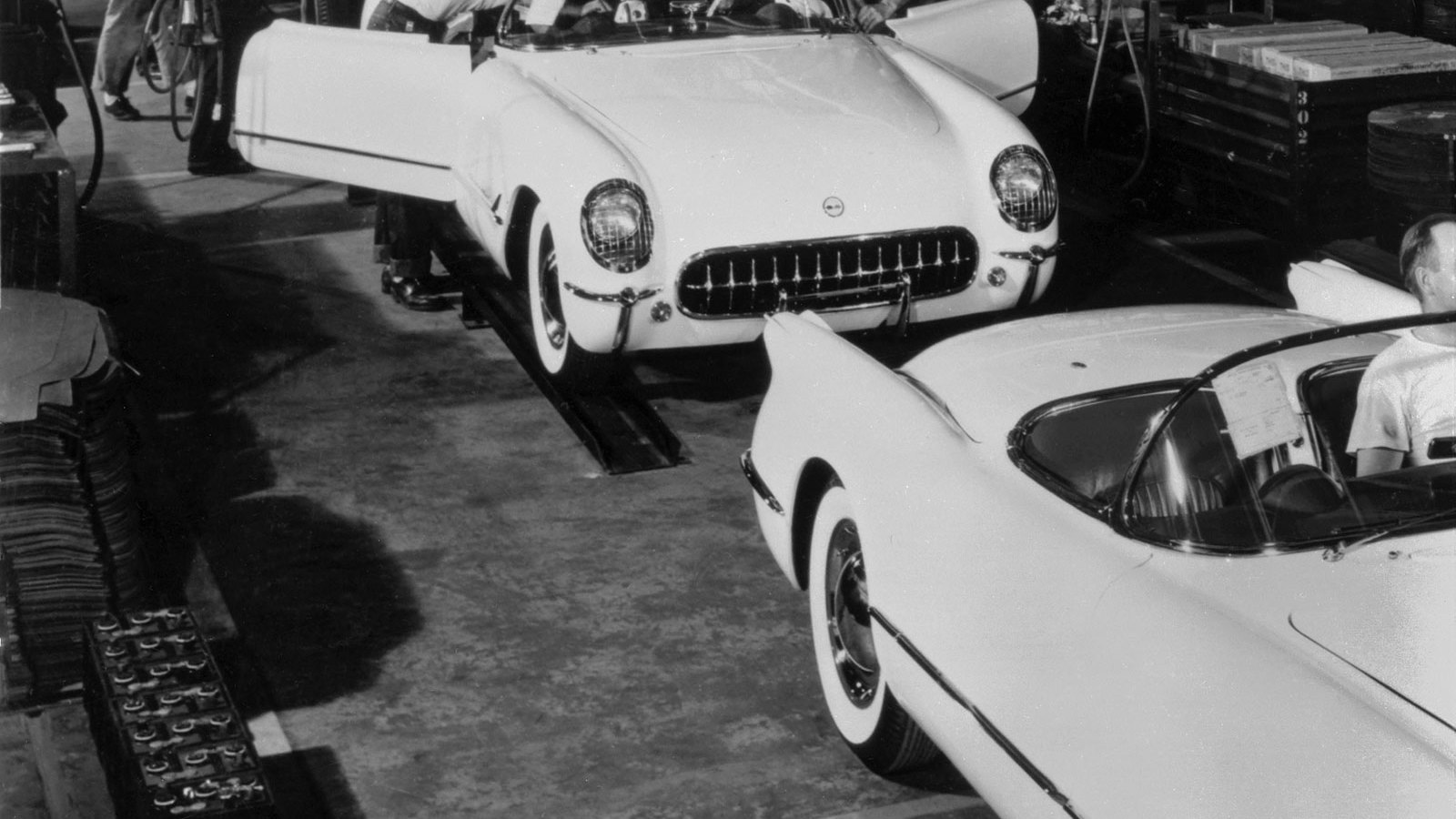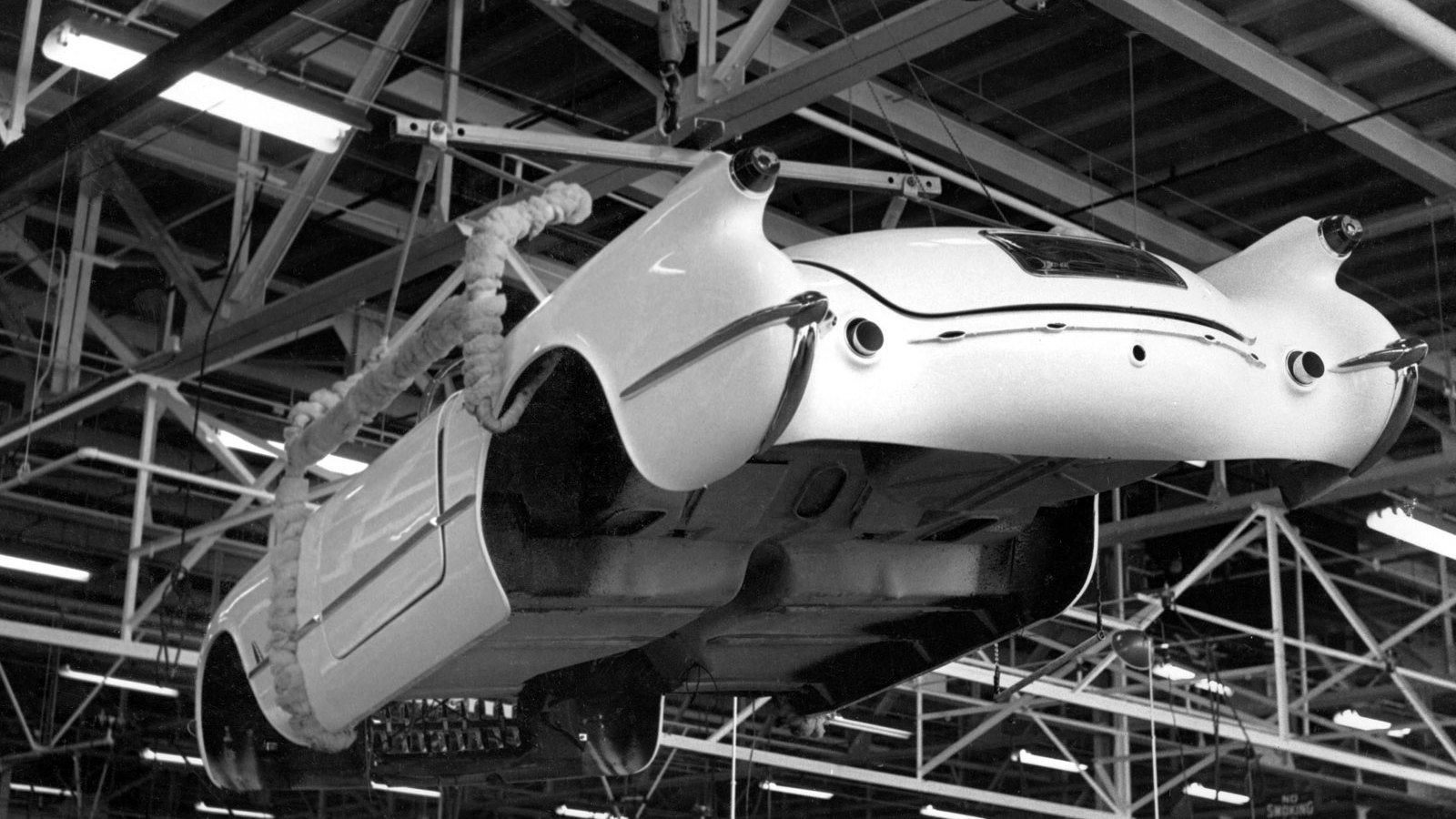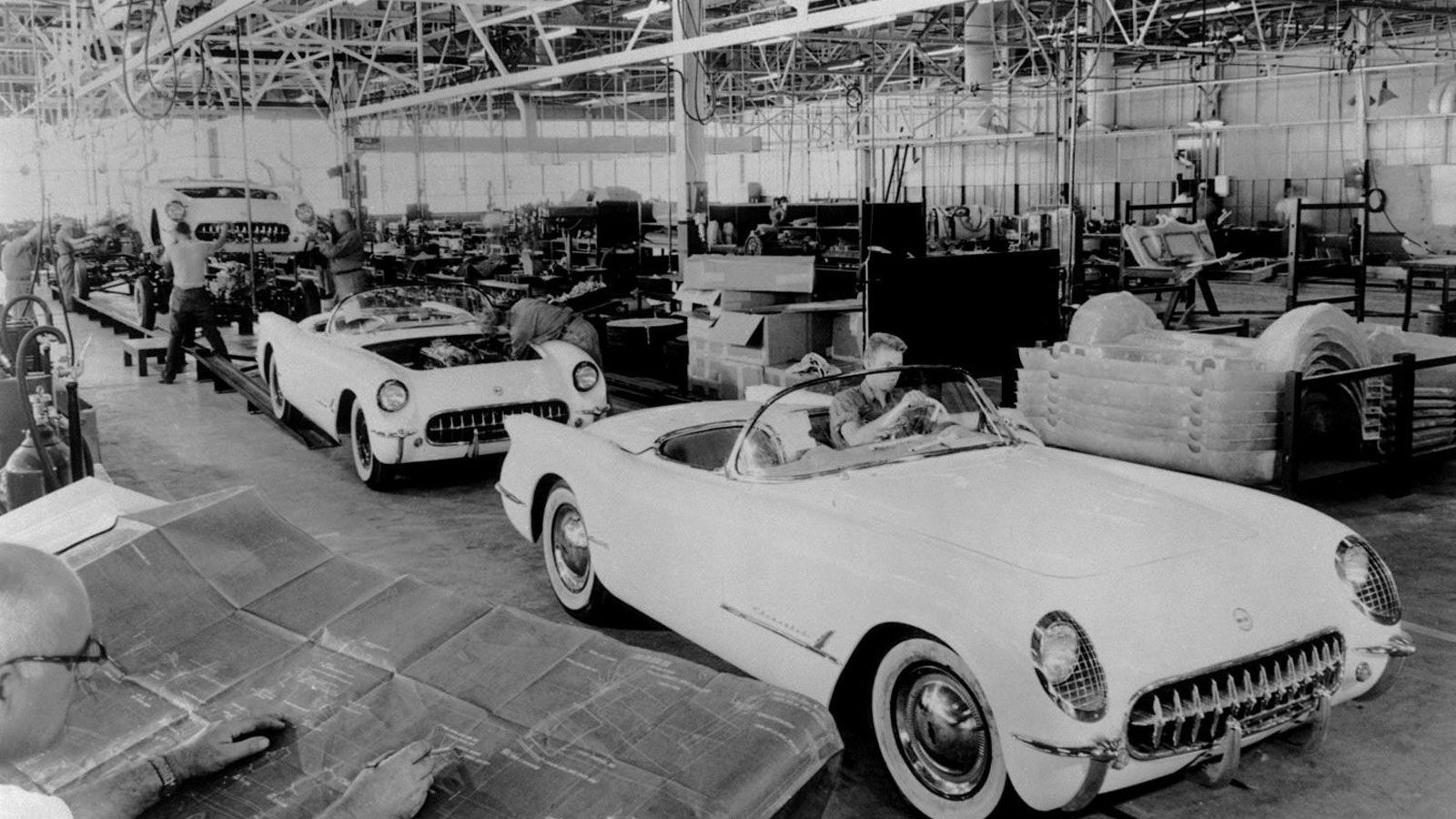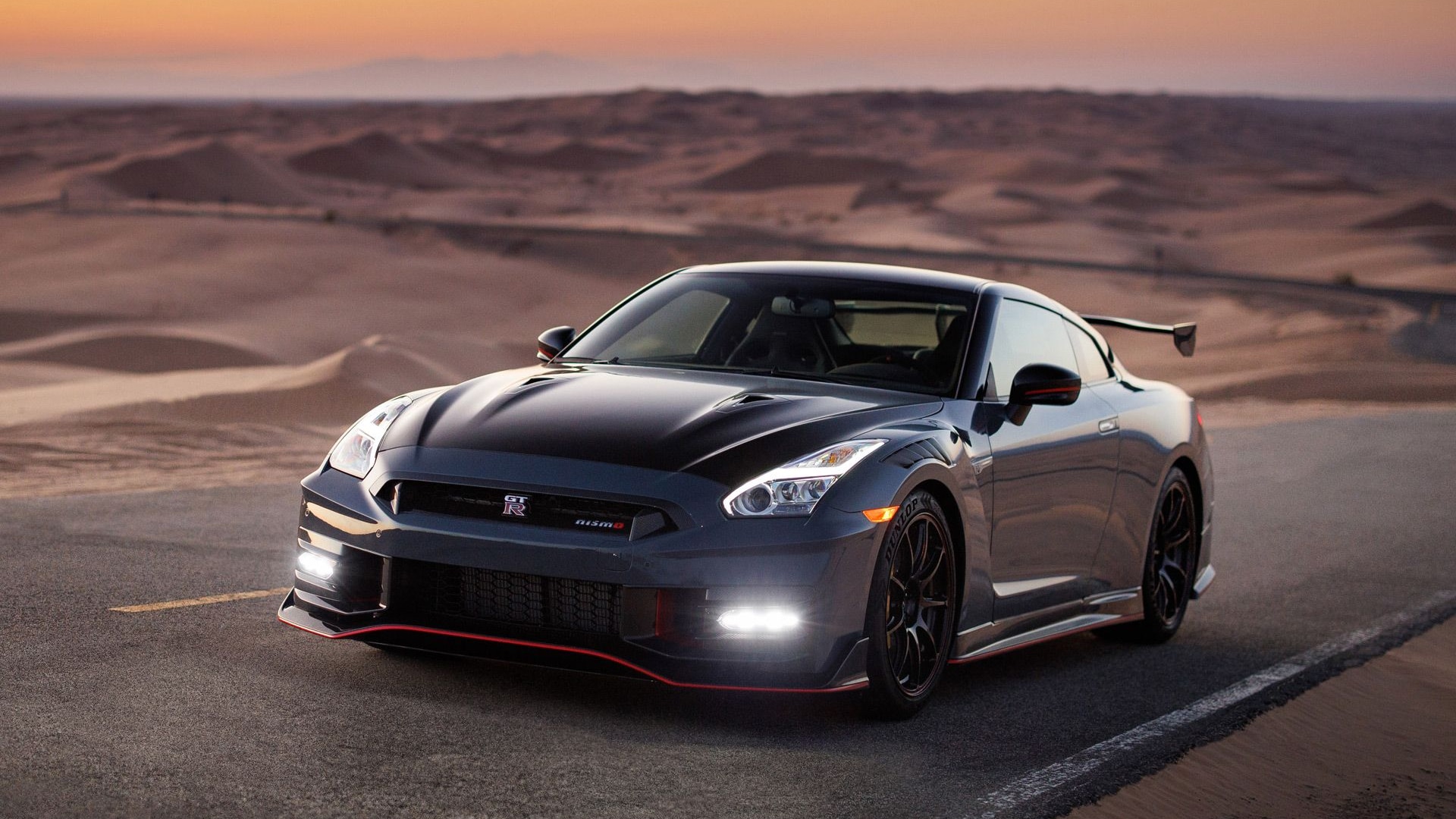As we welcome the latest heir to the Corvette throne of American sports car greatness, it's worth taking the time to look back at the previous six generations to see where the new Stingray plants its roots.

Production of the 1953 Chevrolet Corvette, the very first Corvette

1963 Chevrolet Corvette

Farrah Fawcett and the 1970 Chevrolet Corvette

1987 Chevrolet Corvette
Fortunately, GM's gearheads prevailed and the Corvette persevered into its fourth generation (1984-1996), seeing a great deal of improvement in both performance and construction compared to the third-gen car. The all-new look and feel began the new era of Corvette design themes, with a long, wedged nose and a high, chopped tail bookending sleek and simple coupe lines.

2004 Chevrolet Corvette

2009 Corvette ZR1

2014 Chevrolet Corvette Stingray first drive
For more details on the seventh-gen car, read our 2014 Corvette Stingray first drive.
_______________________________________
Follow Motor Authority on Facebook, Twitter, and Google+.


